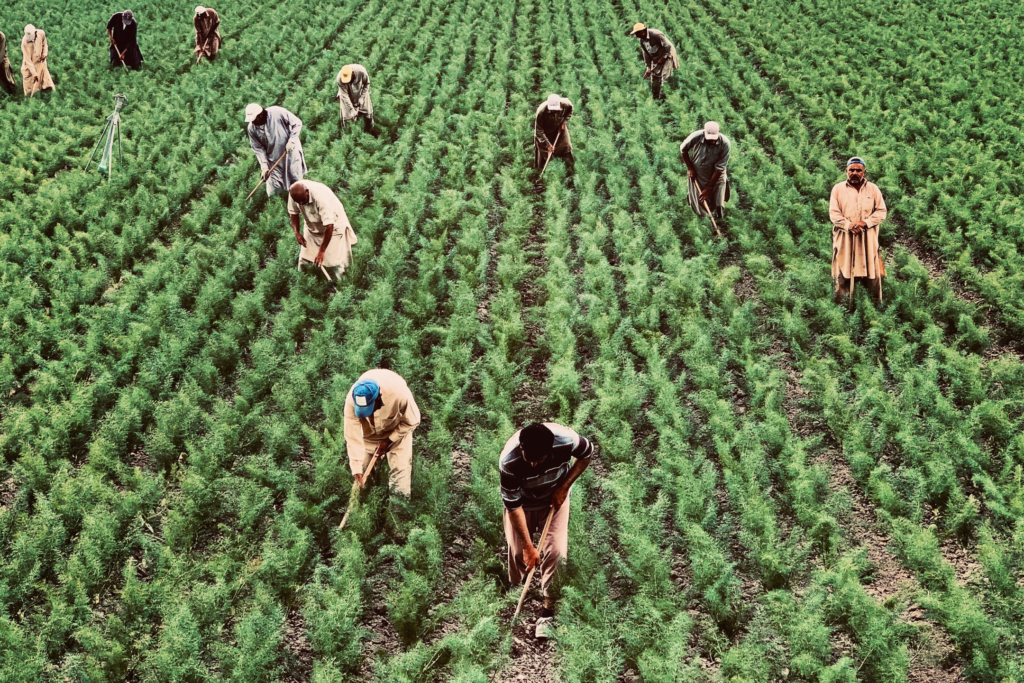Labor trafficking constitutes a grievous form of exploitation wherein individuals are coerced into labor through deceit, coercion, or physical threats. This contemporary form of slavery impacts millions globally, with specific factors rendering individuals more susceptible to victimization. A nuanced comprehension of these vulnerabilities is imperative in the fight against this egregious human rights violation.
Key Vulnerabilities
- Economic Hardship: Poverty serves as a predominant catalyst for labor trafficking. Individuals grappling with economic instability are more inclined to accept precarious job offers that ostensibly promise financial security but ultimately lead to exploitation. In many cases, traffickers exploit the desperation of individuals who are struggling to provide for their families, luring them with false promises of stable employment and decent wages.
- Lack of Education: Limited educational attainment diminishes awareness of legal rights and employment protections, rendering individuals more vulnerable to deceptive recruitment practices. Without adequate education, individuals may not recognize the signs of trafficking or understand their rights, making it easier for traffickers to manipulate and control them.
- Migration and Displacement: Migrants and refugees, often ensnared in precarious living conditions and devoid of legal safeguards, become prime targets for traffickers. They may be enticed by spurious promises of legitimate employment, only to find themselves entrapped in exploitative circumstances. The lack of legal status and fear of deportation further exacerbate their vulnerability, as they may be reluctant to seek help or report abuse.
- Social Isolation: Individuals experiencing social isolation, such as those facing language barriers or lacking familial support, are more susceptible due to their limited access to resources and assistance. Social isolation can prevent victims from seeking help or escaping their traffickers, as they may not know where to turn or whom to trust.
- Youth and Runaways: Young individuals, particularly runaways or those in foster care, are at heightened risk owing to their age, unstable housing situations, and limited life experience. Traffickers often prey on the vulnerabilities of youth, offering them shelter, food, or a sense of belonging, only to exploit them for labor.
- Substance Abuse and Mental Health Issues: Individuals grappling with addiction or mental health challenges may be coerced into labor trafficking through manipulation and threats. Traffickers may use substances as a means of control, keeping victims dependent and compliant.

Examples in the United States
In the United States, labor trafficking frequently manifests in industries characterized by intensive physical labor and minimal regulatory oversight. Notable examples include:
- Agriculture: Migrant farmworkers are often subjected to exploitation, enduring long hours under harsh conditions for meager compensation. They may face threats of deportation if they voice complaints. The isolated nature of agricultural work, combined with the lack of oversight, makes it difficult for authorities to identify and address instances of trafficking.
- Domestic Work: Domestic workers, frequently immigrants, may be compelled to work without remuneration, endure physical abuse, and have their movements severely restricted. These workers often live in their employers’ homes, making it challenging to escape or seek help. The private nature of domestic work also means that abuse can go unnoticed by the outside world.
- Construction: Laborers in the construction sector may encounter perilous working conditions and withheld wages, with threats of violence or deportation employed to maintain control. The transient nature of construction work, with workers frequently moving from site to site, can make it difficult to establish a support network or access resources.

International Examples
Labor trafficking is a pervasive global issue, manifesting in various forms across different regions:
- India: Entire families can be enslaved in brick kilns, rice mills, and garment factories, toiling up to 20 hours a day under conditions of debt bondage. Traffickers often use debt as a means of control, forcing individuals to work to repay loans that are structured to be impossible to pay off.
- Thailand: In the fishing industry, workers are often trafficked onto vessels where they endure brutal conditions, physical abuse, and are compelled to work for months without pay. The isolation of being at sea, combined with the lack of oversight, allows traffickers to exploit workers with impunity.
- Middle East: Migrant workers in countries such as Qatar and Saudi Arabia frequently face exploitation in construction and domestic work, with their passports confiscated and wages withheld. The kafala system, which ties workers’ legal status to their employers, exacerbates their vulnerability, as they cannot leave their jobs without their employers’ permission.
Combating Labor Trafficking
Addressing labor trafficking necessitates a multifaceted approach:
- Legal Protections: Enhancing laws and enforcement mechanisms against trafficking and ensuring victims have access to justice. This includes implementing stringent penalties for traffickers and providing legal avenues for victims to seek redress.
- Awareness Campaigns: Educating vulnerable populations about their rights and the perils of trafficking. Public awareness campaigns can help individuals recognize the signs of trafficking and understand where to seek help.
- Support Services: Providing shelters, legal aid, and rehabilitation services for victims to aid in their recovery and reintegration. Comprehensive support services are essential for helping victims rebuild their lives and regain their independence.
- International Cooperation: Fostering cross-border collaboration to dismantle trafficking networks and safeguard migrant workers. International cooperation is crucial for addressing the transnational nature of labor trafficking and ensuring that traffickers cannot exploit jurisdictional boundaries to evade justice.
By comprehending and addressing the vulnerabilities that precipitate labor trafficking, significant strides can be made towards eradicating this form of modern slavery. Through concerted efforts at the local, national, and international levels, we can protect vulnerable individuals and ensure that traffickers are held accountable for their crimes.

